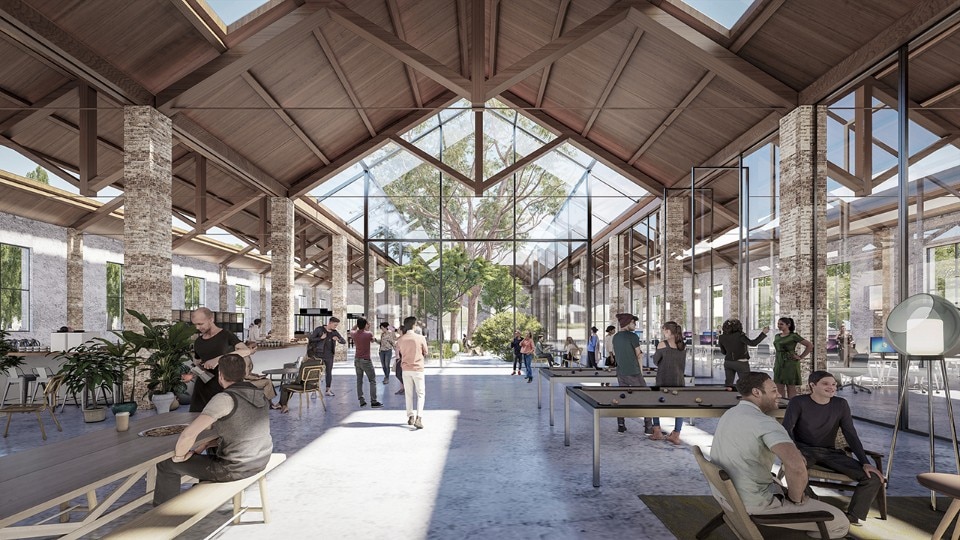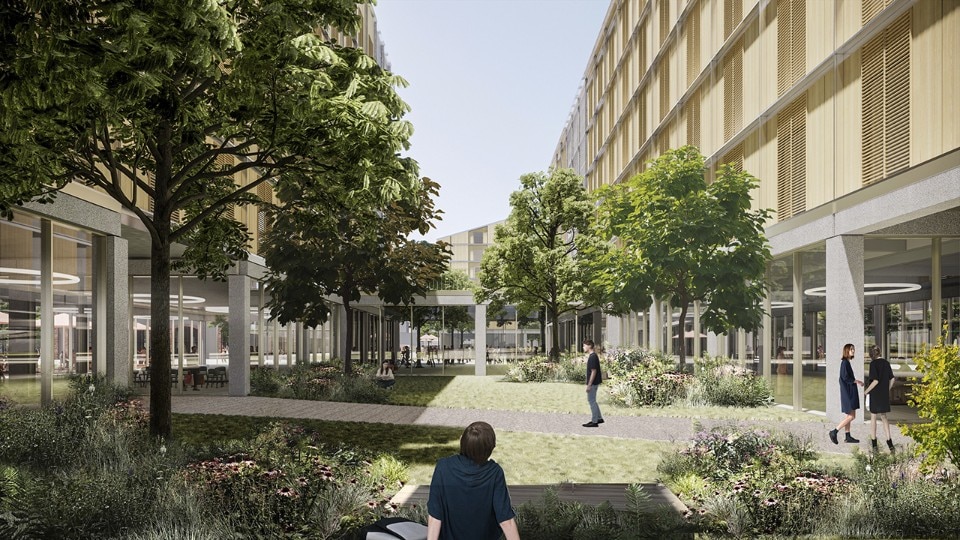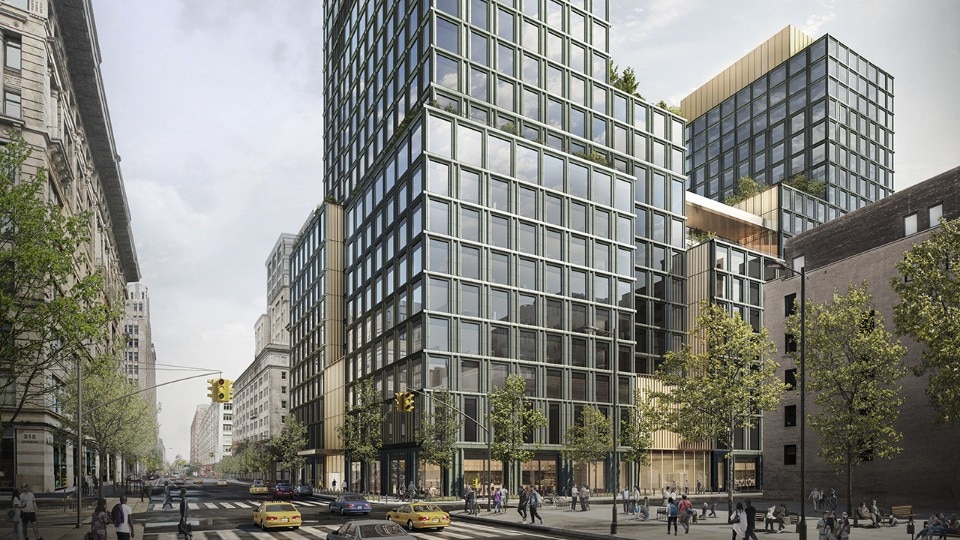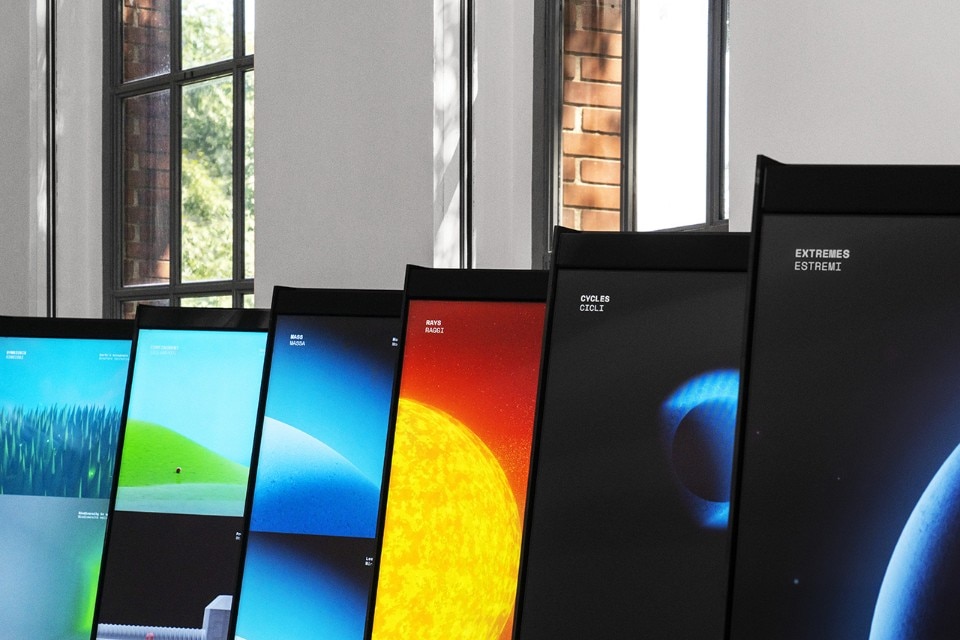There is an ironic geometric coherence in the trajectory followed by the American firm Skidmore, Owings & Merrill over its more than 80 years of activity. To make a long story short, they went from ground level to the top floors of ever-more towering skyscrapers, and more recently from earth to sky, with theoretical reflections and concrete proposals for lunar settlements. And it is precisely on this trajectory that Domus has focused its interview with Colin Koop, partner at SOM, a specialist in extraterrestrial architecture and responsible for large-scale projects on our planet, above all the Olympic Village soon to be built in Milan’s Porta Romana railway yard.

We start our conversation by talking about the moon, on the wave of curiosity aroused by the “Decalogue for Space Architecture” that SOM is presenting at the 23rd Milan Triennale. Here, Space has a capital “s” because it refers to absolute, extraterrestrial, immense and immensely potential space. “It is not a list of characteristics of extraterrestrial architecture,” Koop points out, “nor is it an adaptation for space of Le Corbusier’s five points. It does not define the solutions to be adopted, but highlights the issues to think about”. He immediately clears any doubts about the relevance of these horizons at a time in history when the many global crises seem to suggest an overall downsizing of ambitions: “Reproducing gravity, protecting ourselves from extreme climatic changes, optimising material use cycles, making privacy possible but avoiding loneliness: the decalogue states that it is necessary to reproduce the earth in space. So, hopefully, it clarifies the importance of taking care of our planet”.
Far from being a boutade, the decalogue explores issues already addressed in the very serious proposal for the Moon Village, developed in collaboration with ESA and MIT and exhibited at the Venice Biennale in 2021. “The real novelty of our project is that it could be realised today, immediately, with the technologies we currently have,” says Koop, who is delighted that architecture is finally finding its own space in a field that until now has been almost entirely delegated to engineering: “ESA approached us to find a form, an expression for their idea. In a field in which engineering skills ensure the survival of humans in space and their physiological well-being, architecture can imagine how to introduce a dimension of well-being that is also psychological. We have developed these inflatable capsules, consisting of 15 layers, which are basically soft, but in space can become very sturdy. Thanks to their innovative vertical development it is possible to organise the interior on two levels, introducing a certain spatial and functional complexity: the upper level is used to relax, the lower for working”.
 View gallery
View gallery

Moon Village, SOM, ESA. © SOM | Slashcube GmbH
SOM, in collaboration with Dotdotdot, “Decalogo for Space Architecture”, 23a Triennale di Milano, 2022
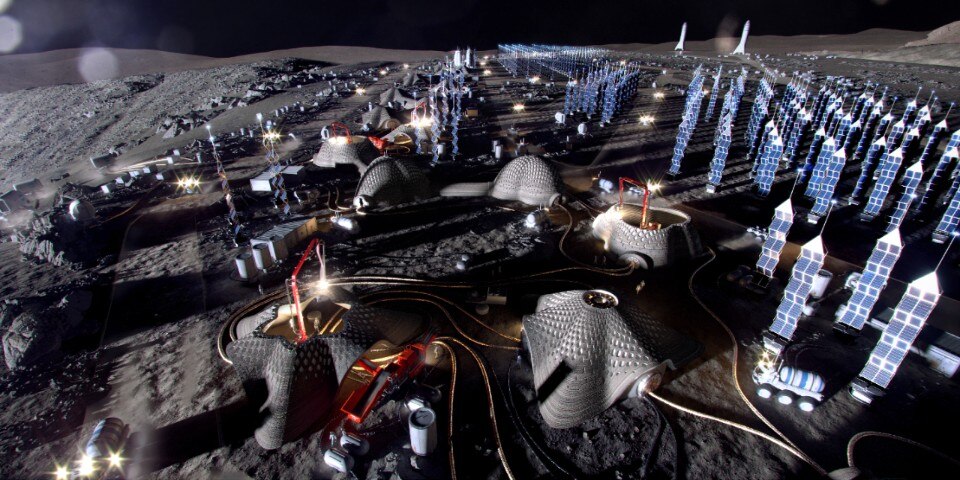
Moon Village, SOM, ESA. © SOM | Slashcube GmbH
SOM, in collaboration with Dotdotdot, “Decalogo for Space Architecture”, 23a Triennale di Milano, 2022

Moon Village, SOM, ESA. © SOM | Slashcube GmbH
SOM, in collaboration with Dotdotdot, “Decalogo for Space Architecture”, 23a Triennale di Milano, 2022
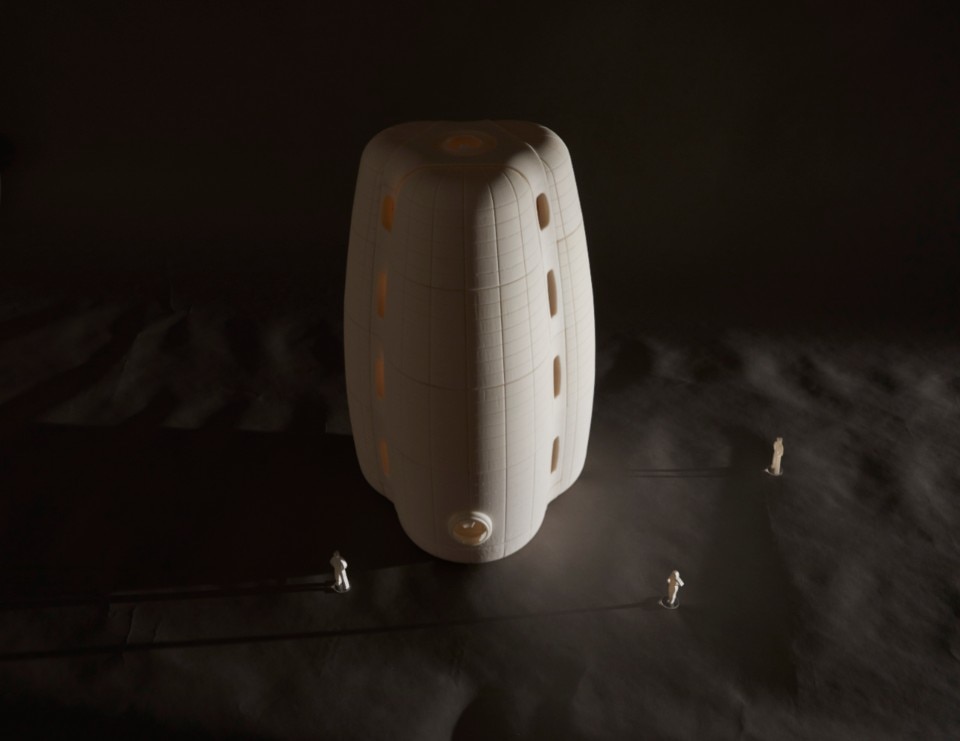
Moon Village, SOM, ESA. Image by Lucas Blair Simpson © SOM
SOM, in collaboration with Dotdotdot, “Decalogo for Space Architecture”, 23a Triennale di Milano, 2022

Moon Village, SOM, ESA. © SOM | Slashcube GmbH
SOM, in collaboration with Dotdotdot, “Decalogo for Space Architecture”, 23a Triennale di Milano, 2022
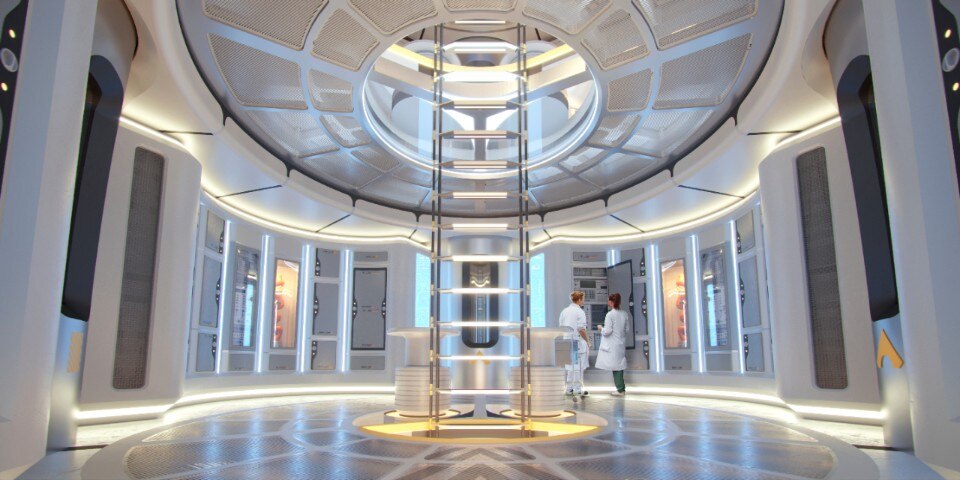
Moon Village, SOM, ESA. © SOM | Slashcube GmbH
SOM, in collaboration with Dotdotdot, “Decalogo for Space Architecture”, 23a Triennale di Milano, 2022
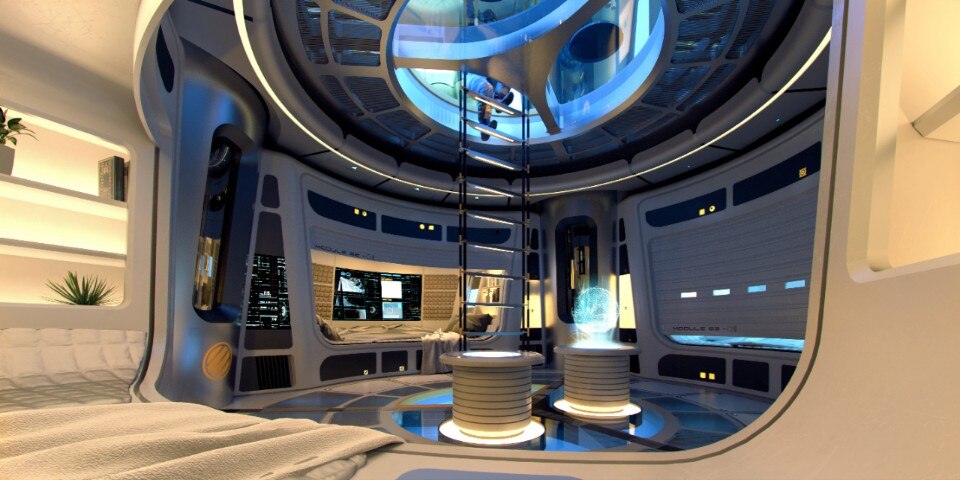
Moon Village, SOM, ESA. © SOM | Slashcube GmbH
SOM, in collaboration with Dotdotdot, “Decalogo for Space Architecture”, 23a Triennale di Milano, 2022
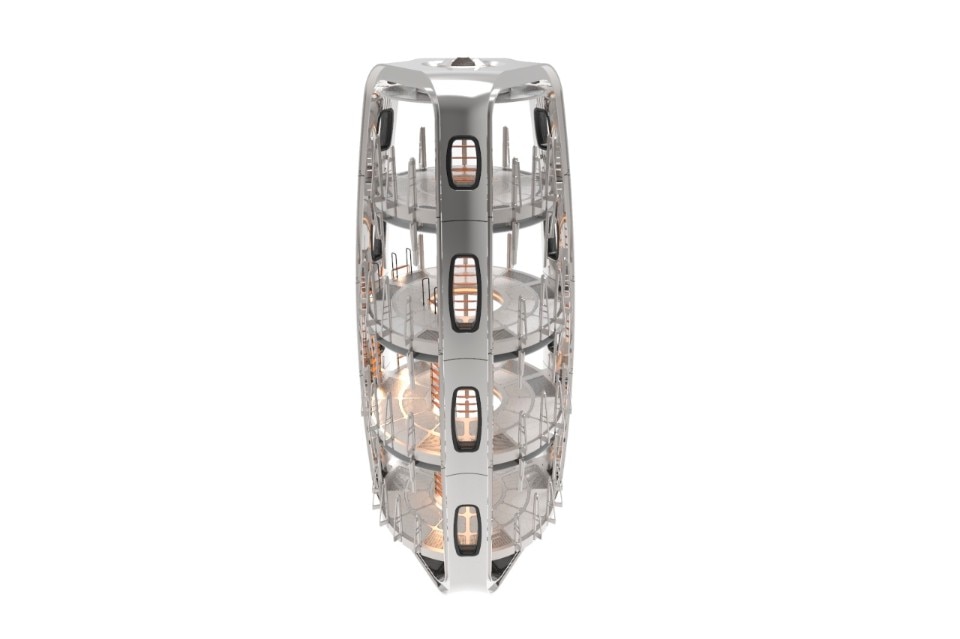
Moon Village, SOM, ESA. © SOM
SOM, in collaboration with Dotdotdot, “Decalogo for Space Architecture”, 23a Triennale di Milano, 2022
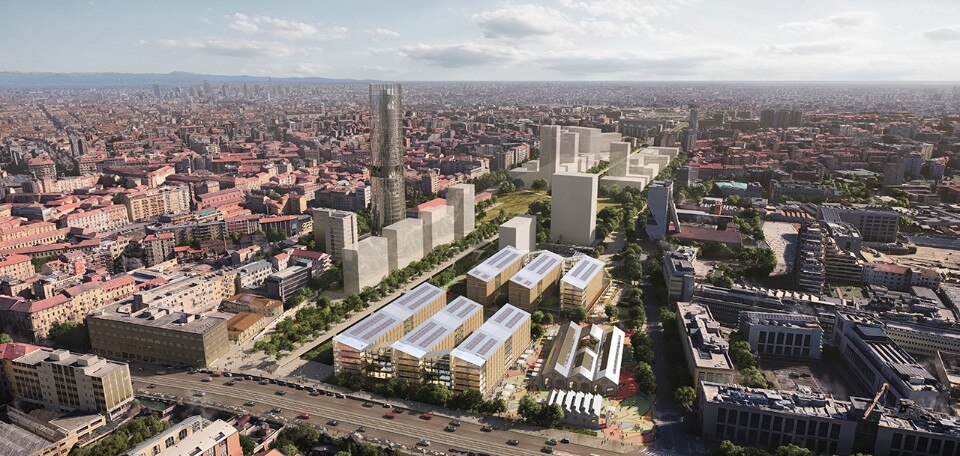
SOM, Milano-Cortina Olympic Village, Porta Romana railway yard, Milano, ongoing. © SOM | Pixelflakes

SOM, Milano-Cortina Olympic Village, Porta Romana railway yard, Milano, ongoing. © SOM | Pixelflakes
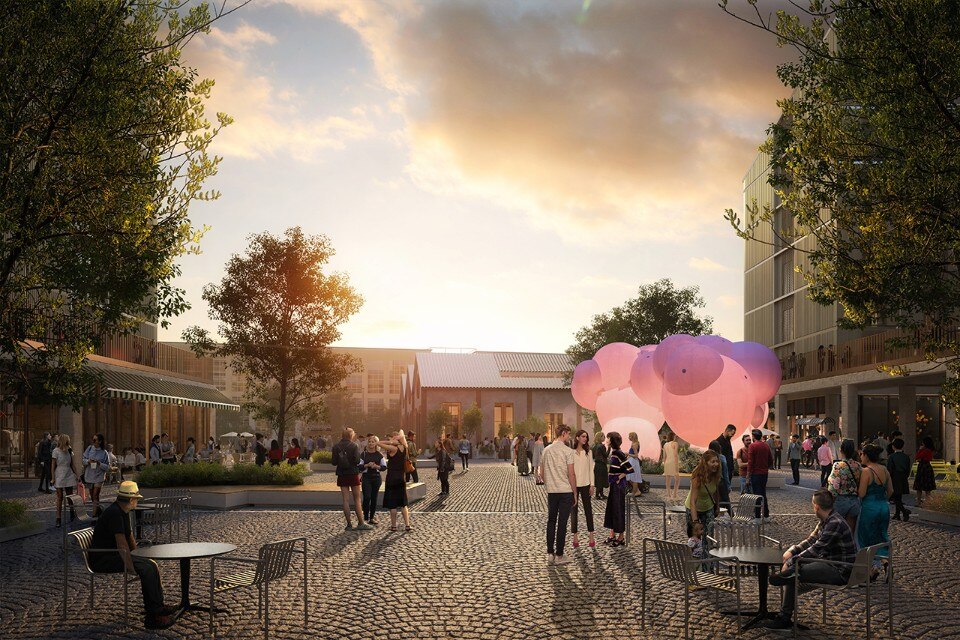
SOM, Milano-Cortina Olympic Village, Porta Romana railway yard, Milano, ongoing. © SOM | Pixelflakes
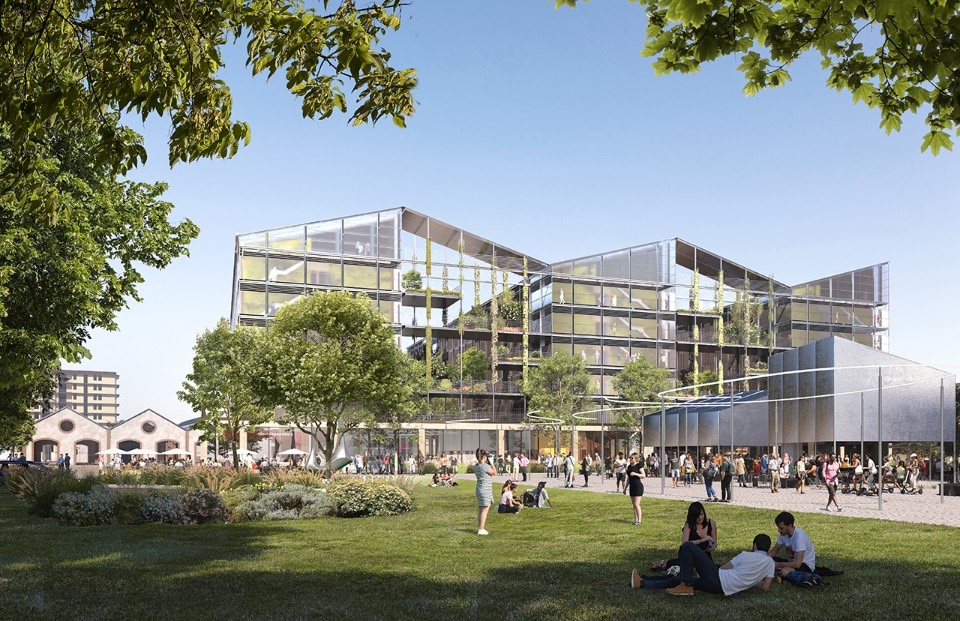
SOM, Milano-Cortina Olympic Village, Porta Romana railway yard, Milano, ongoing. © SOM | Pixelflakes
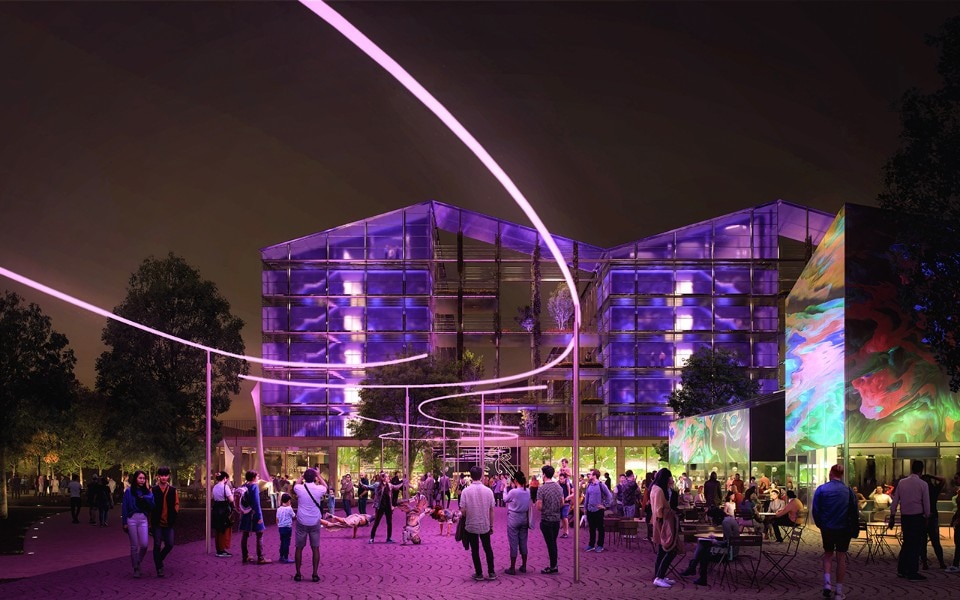
SOM, Milano-Cortina Olympic Village, Porta Romana railway yard, Milano, ongoing. © SOM | Pixelflakes
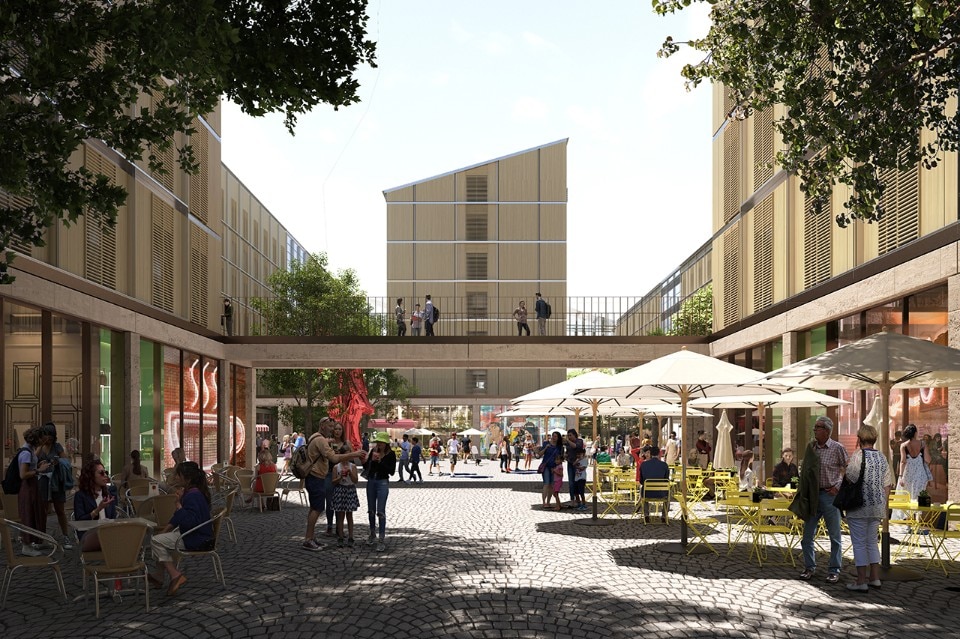
SOM, Milano-Cortina Olympic Village, Porta Romana railway yard, Milano, ongoing. © SOM | Pixelflakes
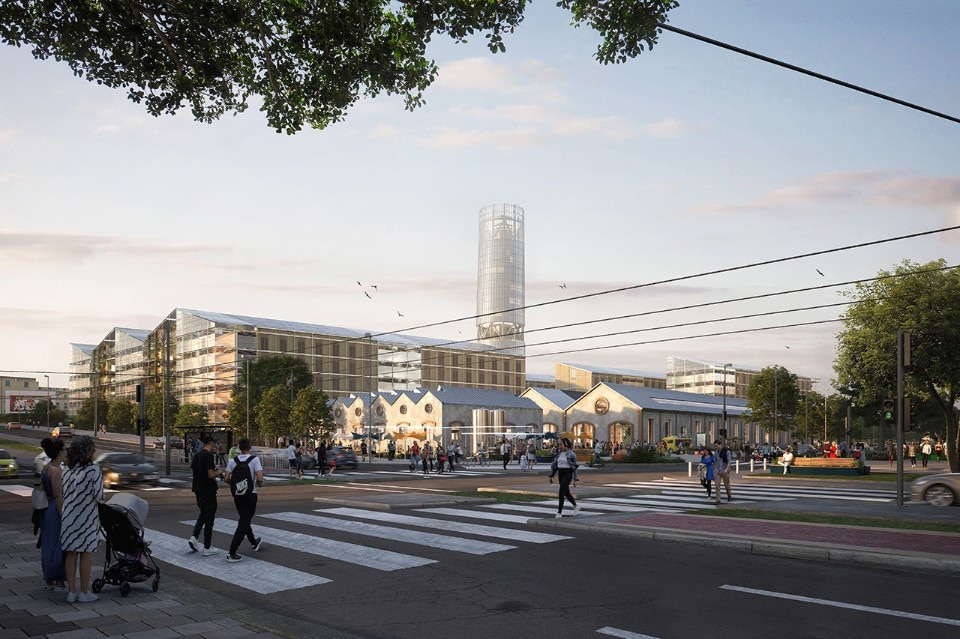
SOM, Milano-Cortina Olympic Village, Porta Romana railway yard, Milano, ongoing. © SOM | Pixelflakes
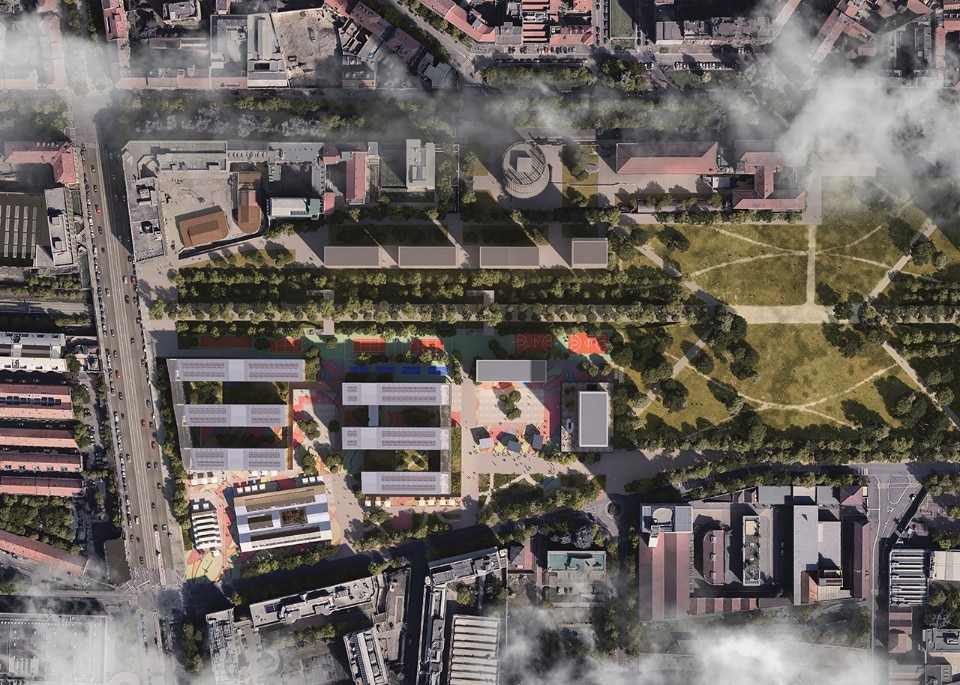
SOM, Milano-Cortina Olympic Village, Porta Romana railway yard, Milano, ongoing. © SOM | Pixelflakes
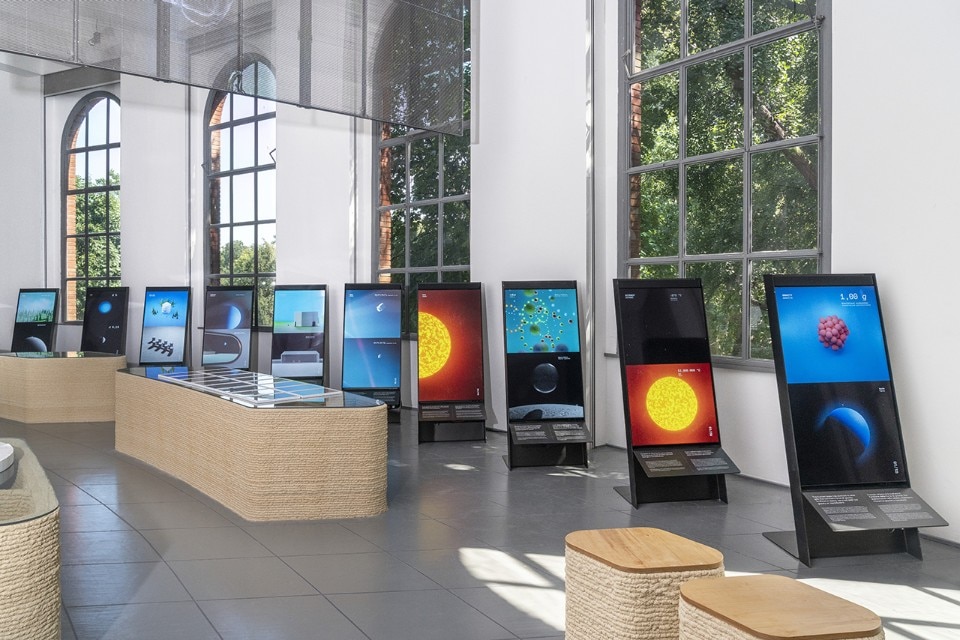
SOM, in collaboration with Dotdotdot, “Decalogo for Space Architecture”, 23a Triennale di Milano, 2022
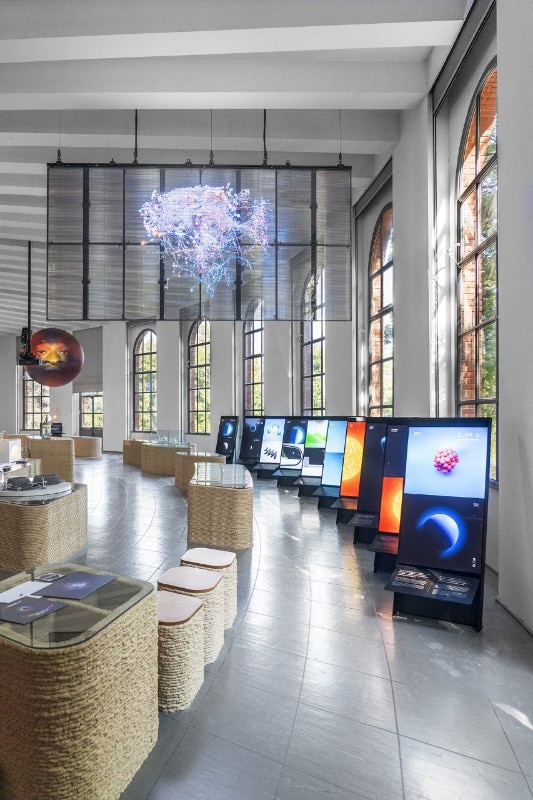
SOM, in collaboration with Dotdotdot, “Decalogo for Space Architecture”, 23a Triennale di Milano, 2022
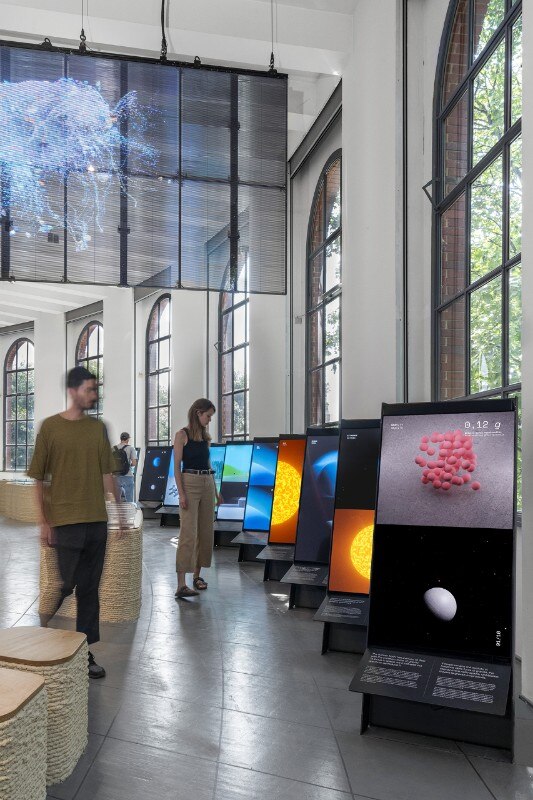
SOM, in collaboration with Dotdotdot, “Decalogo for Space Architecture”, 23a Triennale di Milano, 2022
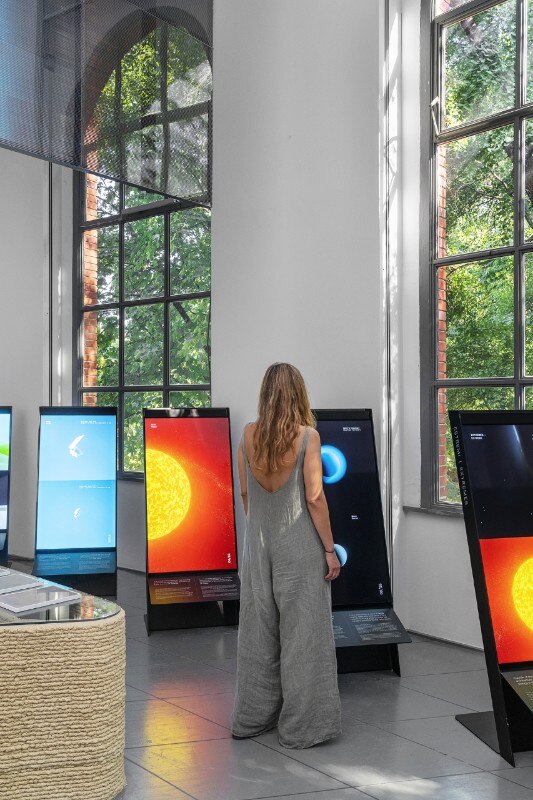
SOM, in collaboration with Dotdotdot, “Decalogo for Space Architecture”, 23a Triennale di Milano, 2022

Moon Village, SOM, ESA. © SOM | Slashcube GmbH
SOM, in collaboration with Dotdotdot, “Decalogo for Space Architecture”, 23a Triennale di Milano, 2022

Moon Village, SOM, ESA. © SOM | Slashcube GmbH
SOM, in collaboration with Dotdotdot, “Decalogo for Space Architecture”, 23a Triennale di Milano, 2022

Moon Village, SOM, ESA. © SOM | Slashcube GmbH
SOM, in collaboration with Dotdotdot, “Decalogo for Space Architecture”, 23a Triennale di Milano, 2022

Moon Village, SOM, ESA. Image by Lucas Blair Simpson © SOM
SOM, in collaboration with Dotdotdot, “Decalogo for Space Architecture”, 23a Triennale di Milano, 2022

Moon Village, SOM, ESA. © SOM | Slashcube GmbH
SOM, in collaboration with Dotdotdot, “Decalogo for Space Architecture”, 23a Triennale di Milano, 2022

Moon Village, SOM, ESA. © SOM | Slashcube GmbH
SOM, in collaboration with Dotdotdot, “Decalogo for Space Architecture”, 23a Triennale di Milano, 2022

Moon Village, SOM, ESA. © SOM | Slashcube GmbH
SOM, in collaboration with Dotdotdot, “Decalogo for Space Architecture”, 23a Triennale di Milano, 2022

Moon Village, SOM, ESA. © SOM
SOM, in collaboration with Dotdotdot, “Decalogo for Space Architecture”, 23a Triennale di Milano, 2022

SOM, Milano-Cortina Olympic Village, Porta Romana railway yard, Milano, ongoing. © SOM | Pixelflakes

SOM, Milano-Cortina Olympic Village, Porta Romana railway yard, Milano, ongoing. © SOM | Pixelflakes

SOM, Milano-Cortina Olympic Village, Porta Romana railway yard, Milano, ongoing. © SOM | Pixelflakes

SOM, Milano-Cortina Olympic Village, Porta Romana railway yard, Milano, ongoing. © SOM | Pixelflakes

SOM, Milano-Cortina Olympic Village, Porta Romana railway yard, Milano, ongoing. © SOM | Pixelflakes

SOM, Milano-Cortina Olympic Village, Porta Romana railway yard, Milano, ongoing. © SOM | Pixelflakes

SOM, Milano-Cortina Olympic Village, Porta Romana railway yard, Milano, ongoing. © SOM | Pixelflakes

SOM, Milano-Cortina Olympic Village, Porta Romana railway yard, Milano, ongoing. © SOM | Pixelflakes

SOM, in collaboration with Dotdotdot, “Decalogo for Space Architecture”, 23a Triennale di Milano, 2022

SOM, in collaboration with Dotdotdot, “Decalogo for Space Architecture”, 23a Triennale di Milano, 2022

SOM, in collaboration with Dotdotdot, “Decalogo for Space Architecture”, 23a Triennale di Milano, 2022

SOM, in collaboration with Dotdotdot, “Decalogo for Space Architecture”, 23a Triennale di Milano, 2022
From the moon to the earth, the step is short for Koop and SOM, as the planet draws some fundamental lessons from its satellite: “Reflections on extraterrestrial and terrestrial architecture, in fact, coincide. Let me give you an example: modern architecture was extremely energy-consuming because it wanted to create the same building everywhere. Extraterrestrial architecture, on the contrary, is highly contextual because, given a condition of scarcity, it is obliged to capitalise on what is available locally. It is also necessarily based on science, on verifiable data, because compliance with these parameters guarantees the very survival of its inhabitants. At a time when the paradigm of disinformation belittles scientific knowledge to mere opinion, SOM claims its value and foundational role in design. Architecture, wherever it is, is scientific knowledge”.
The search for a virtuous relationship with the surroundings informed SOM’s design for the Olympic Village in Milan – “The real challenge is how to allow its opening and reconnection with the city in the years following the Olympics when it will be turned into student accommodation” – and, on a different basis, the project for 4 Hudson Square, the new Disney headquarters in New York. If the Milan village is appropriate but generic, the New York complex features all the know-how of the studio that, more than anyone else, between the 1940s and 1950s, contributed to perfecting the typological constants of the skyscraper and industrialising its production methods.
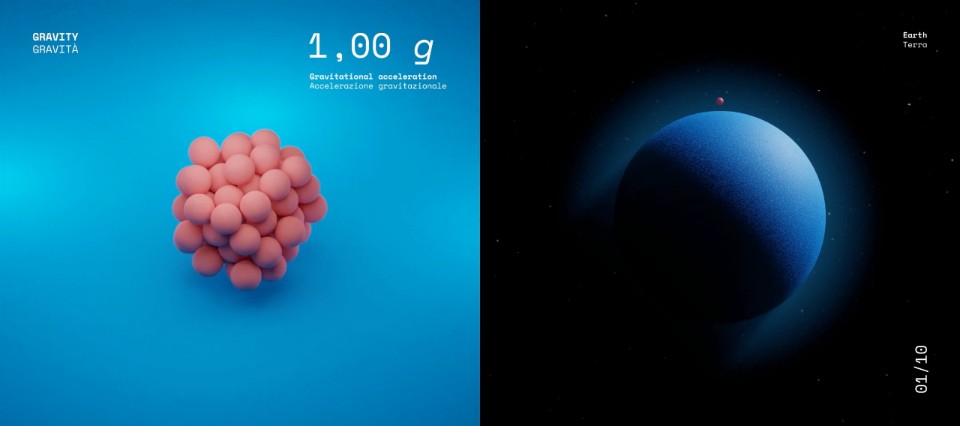
Apart from a few exceptions – the sublime marble of Yale’s Beinecke Library (1963) – SOM has entered the history of architecture as the firm that makes skyscrapers of all kinds, first especially in a rigorous late-modern International Style – the Lever House in New York (1951), which from its Park Avenue lot observes Mies van der Rohe’s Seagram Building (1958) without inferiority complexes – then in a more muscular proto-high-tech style – the John Hancock Center in Chicago (1969), which decorates the urban landscape with its giant-scale wind braces – and again in the flamboyant and contemporary organism-like Burj Khalifa in Dubai (2009), which is simply the tallest building in the world.
“And to think that I am known as the SOM architect who does not do skyscrapers!” jokes Koop. “Yet, among the first projects I completed since I have been a partner, is 4 Hudson Square. Our client wanted a building that could stand out by fitting in, and we proposed a fragment of the 1930s New York cityscape. Before the aesthetics of the transparent glass and steel parallelepiped became popular, New York was a solid city of brick and terracotta, coloured in shades of gold and emerald, and enlivened by stepped profiles, setbacks, towers and turrets that transcribed the building codes of the time. These are all elements and features that can be found in Disney’s headquarters and that I am sure will become more and more common in New York in the coming years”.
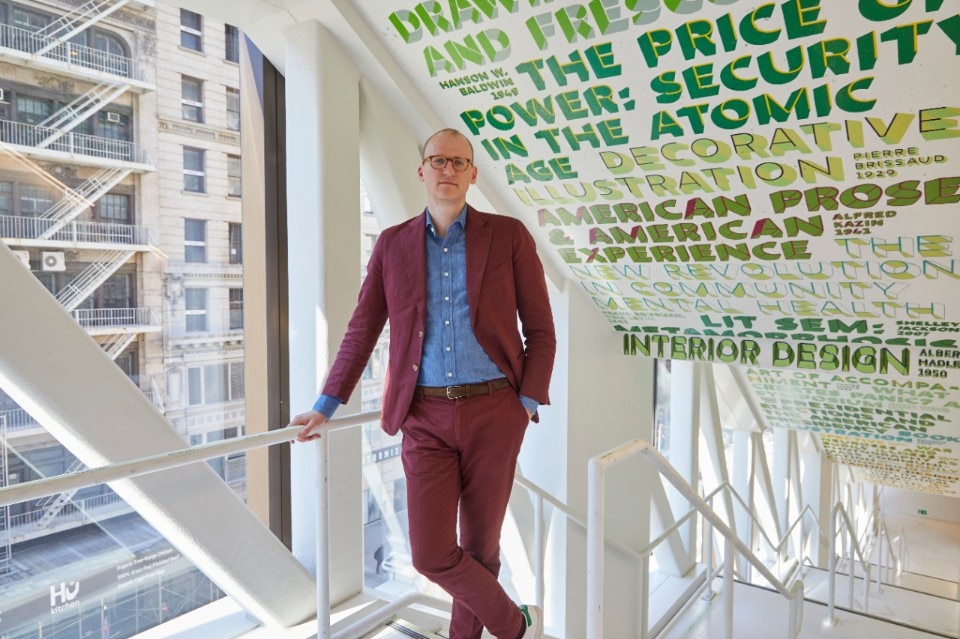
SOM has not only innovated the architectural product but also the process, being the first to adopt an integrated design method that combines the skills of all the professions involved in the conception and realisation of a building. It is the operating model that has inspired all the major contemporary firms that are competing in an increasingly crowded landscape in which SOM has established itself as a top player. Koop has no doubts as to the reasons for this long-lasting success: “At SOM, there is a truly fruitful exchange between the individual and collective dimensions, on several levels: architecture and engineering converge in a single built expression; each project is carried out by the studio, as a whole, even though we have many people that have gone down in history individually, such as Gordon Bunshaft and Natalie De Blois. Finally, and this is probably the most important point, SOM functions as a multigenerational meritocracy. We are encouraged to share and pass on our skills to the younger generation, not least because after the age of 65 we have to leave the partner position. I am already thinking about who could take my place when the time comes”.




